KIBBUTZ EIN GEDI BOTANICAL GARDEN
Marina Rybka, Israel
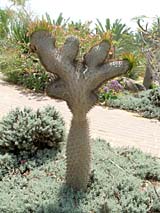
Photo 1.
|
Israel is a blessed country, where excellent natural environments exist for cacti and other plants fond of the sun all the year round. There are some botanical gardens in Israel, and one of them is in the kibbutz Ein Gedy on the coast of the Dead Sea.
On a wild and desert coast of the Dead Sea people built up a small oasis, famous not only for its common palms and olive-trees, but mainly for its rare species of plants, many of which you won’t encounter even in botanical gardens of the capital. One part of the garden is occupied by the apartment houses of kibbutz Ein Gedy, another – by a hotel. All residents of the kibbutz are employed in the tourist business. There are some places of interest for tourists nearby, e.g. Ein Gedi National Park with pedestrian routes. The Park is very large and you’ll need more than a day to see all its charms. Therefore it is convenient to reserve a room in the hotel.
The road to this place descends from scorched by the sun bizarre hills of Judean desert and drops to a mark 400 meters below the sea-level, then it stretches along the burning hot coast of the Dead Sea. One side of the road is bordered by the mountains resembling huge dumps of building waste. Another side of the road extends along the smooth radiant mirror of salt water of incredible turquoise. In some places you can come across absolutely Martian landscapes where the water had receded and uncovered the cracked sea floor with fancy multi-coloured glades and pools of fanciful chemical matter.
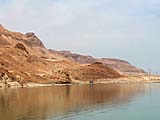
Photo 2. The road along the Dead Sea.
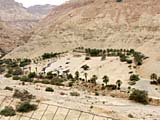
Photo 3. Nahal Arugot is below under the settlement
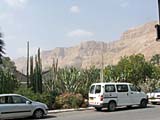
Photo 4. Judean mountains are above us
| | |

Photo 5. Majestic cactus as a sentry: only the blue sea and deep-blue mountains already on the Jordanian coast are behind it
|
When you begin feeling like a properly salted and smoked shrimp even in the air-conditioned car, weighed down by a hot atmospheric column, and realize your own insignificance on this lifeless prehistoric frying pan, when you already come to the conclusion that life is totally impossible on this strange inhospitable planet, then suddenly you notice in the distance a green strip as if flowing from the mountains to the sea.
The mountains here no longer resemble the scattered heaps of clay and crushed stone, as in the beginning of the road. They can be compared rather to the finely made scenery for an ancient play - not very high, squat and sound of warm terracotta colour. The green strip flows down in reality: the life here is possible only along numerous brooks draining from the mountains to the sea. Most of them exist only in the rainy seasons, then they transform into dry channels ("nahal" in Hebrew). But the rivers in Ein Gedi are genuine.
The river in Nahal David has even four real waterfalls with natural basins, where it is possible to bathe. The shores of the river are fringed with narrow band of lush vegetation and abundant in fauna - lizards, hyrax, hyenas and even leopards. The adjacent gorge is called Nahal Arugot, with a smaller river. A flat plateau at the bottom of the slope is occupied by the kibbutz Ein Gedi with its botanical garden.
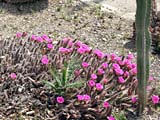
Photo 11. The huge collection of cacti is enclosed in a separate section, the excursions are on Fridays and Saturdays only. I wasn’t lucky…
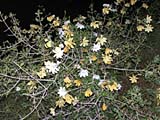
Photo 12. Fabulous scent of Gardenia volkensii. In the afternoon the white and yellowish flowers are lost in the bright-green foliage, but in the darkness they become apparent all of a sudden…
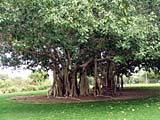
Photo 13. Ficus bengalensis feels excellently, as though we are in the jungles not in the desert…
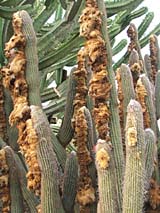
Photo 14.

Photo 15.

Photo 16.
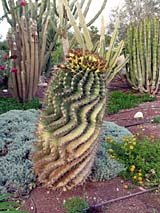
Photo 17.
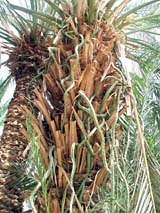
Photo 18.
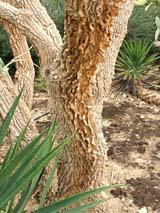
Photo 19.
| | | | | | | | |





